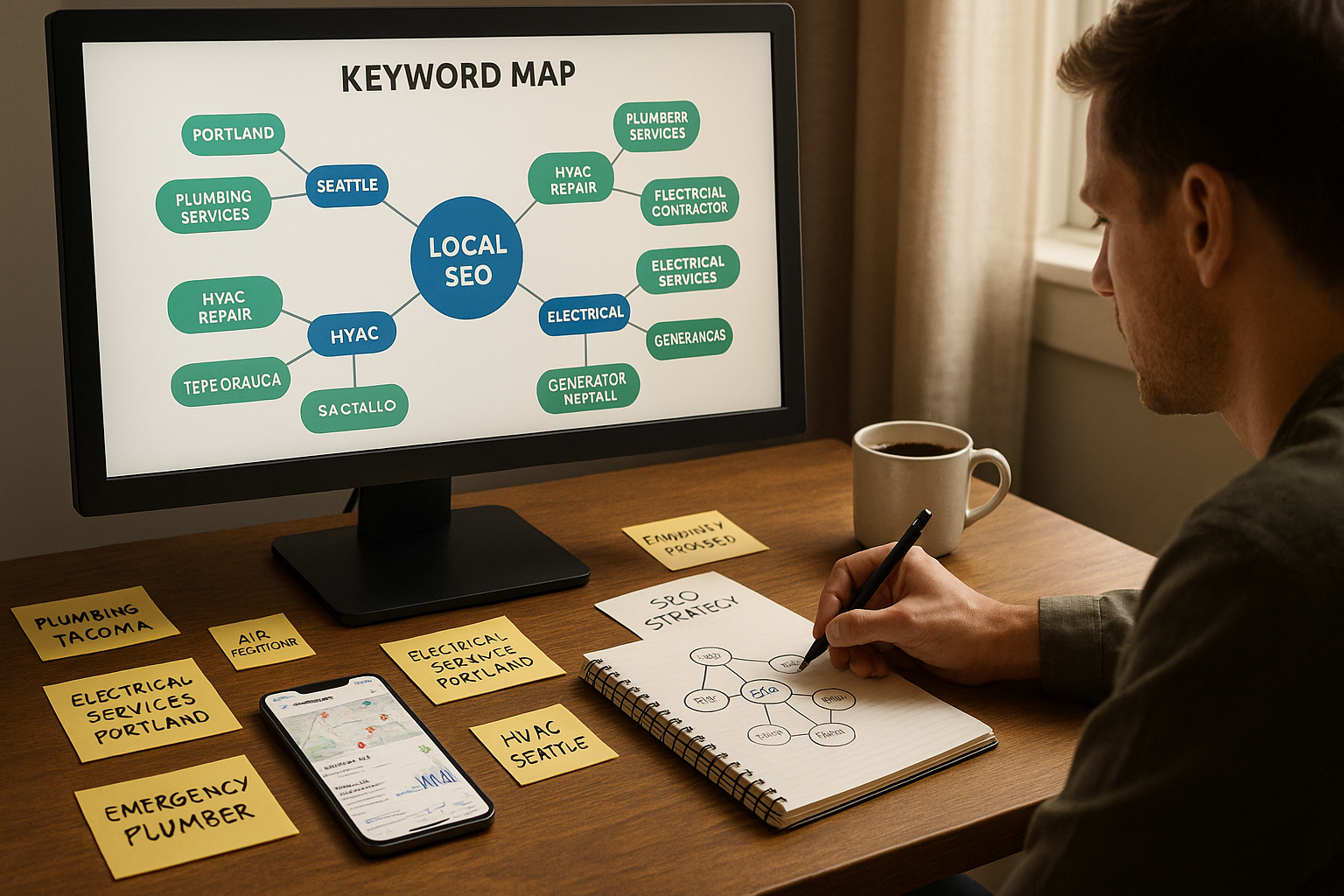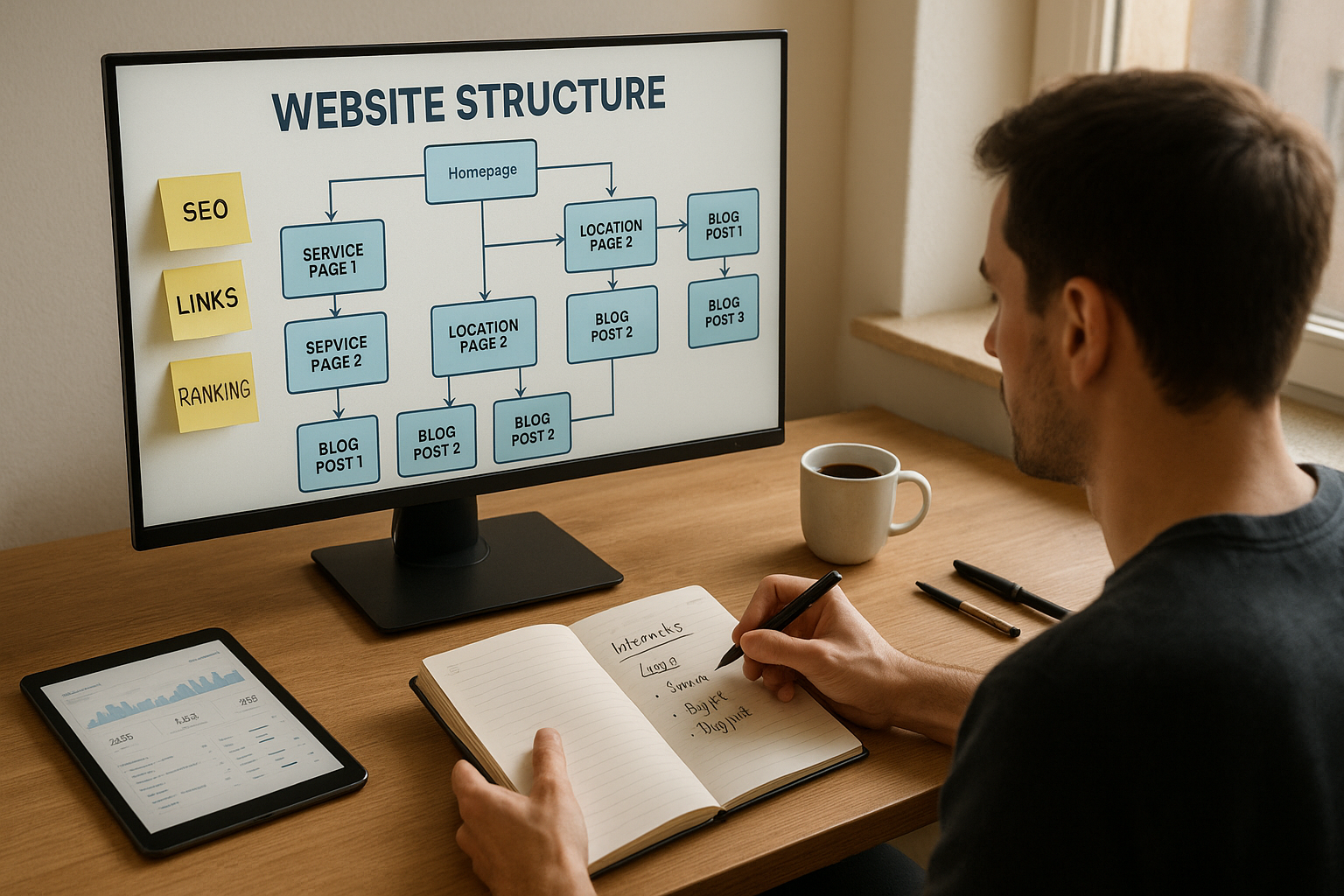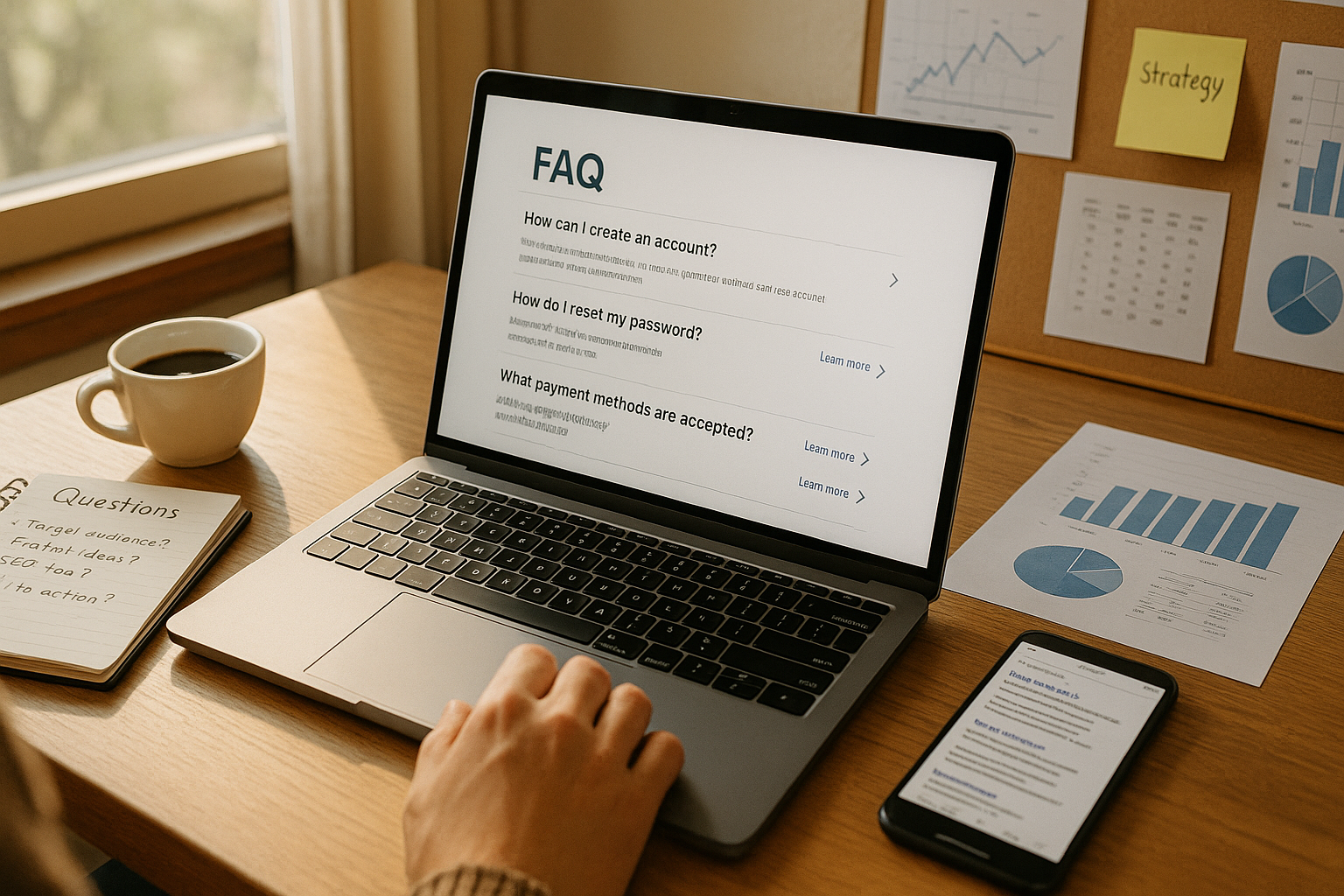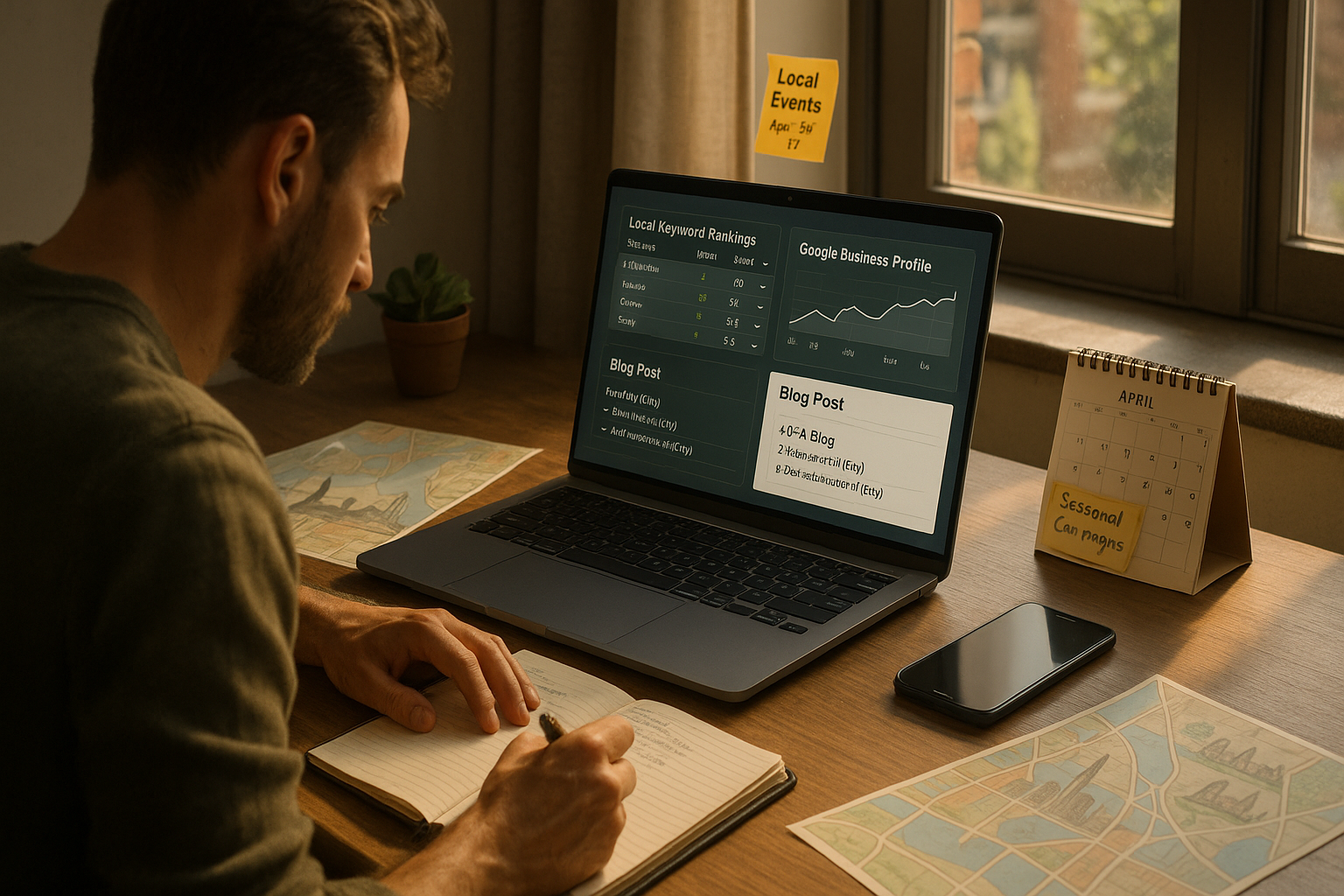5 Things Hurting Your Website’s Conversion Rate
1. Snail Websites Lose The Race
Every millisecond your website takes to load is another visitor you’re missing out on. If your site isn’t quick enough, your visitors are going to find what they’re looking for elsewhere. Web surfers and potential customers are very impatient. The biggest factors that impact website speed are:
- Hosting. A $4.99 hosting plan from GoDaddy sounds affordable but isn’t going to cut it. Instead, look for dedicated server or managed hosting providers.
- Scripts. Flashy banners, social media feeds, and interactive maps can add depth to your website. Unfortunately, these elements can also quadruple your loading times. Expect each plugin/software to add a couple of seconds to your site’s.
- Images. Optimize your images before uploading them to your website. The size of original images can be upwards of 20x the size of optimized images.
2. Accessibility Means More Business
In 2017, more than 50% of web traffic came from mobile devices. There’s a lot that can go wrong on a mobile device. Broken images and misaligned elements can lead to a horrible experience.
When phones have trouble loading slow websites, Google penalizes them accordingly. A mobile-friendly site should be functional, lightweight and fast.
3. Trim The Chaos, Keep Things Clean
Avoid overcomplicating your menu navigation. Around five menu items is a good rule of thumb to keep things simple. Use these five or so navigation items to paint a clear picture of your business.
Sometimes you may want to promote a less popular product or service, but think twice if it’s used by just a small percentage of your customer base. You don’t want your average customers to forget what your bread-and-butter services are. Plus, there are dozens of other opportunities to promote less popular services or products. Visitors looking for this atypical content will be ready to put in the extra effort to find it.
Organize your content in a way that makes sense to your audience. Great websites tell great stories. Imagine reading a story or following an instruction manual out of order. Instead, guide your audience through an intuitive experience.
4. Stop Telling Me To Click Here, Dammit
Overbearing content and popups can be pushy and aggressive. If you have to use popups, make sure they offer value. No one wants to exit out of a bunch of useless advertisements to see your content.
Bombarding visitors with CLICK HERE was a popular tactic a decade ago to grab attention, but today’s visitors understand what buttons and links are. Nowadays, web users associate ‘click here’ with negative experiences or discreditable companies. Don’t harm your brand by associating your company with these bad apples.
5. Relevant Calls To Action Are About Meaningful Placement
Ever have someone ask you to buy a product before you even knew what it was? Ever buy it? I wouldn’t.You have to establish trust with your customer first. Calls to action tend to have higher conversion rates near the bottom of the page, after all the meaty content. Without first building trust, don’t expect many sales.
Don’t have too many calls to action — or else you lose the ability to convey what’s important. One to two per page is typical.
Achieving a high clickthrough rate is all about sweetening the pot for your visitors. Make them an offer that’s enticing. The word ‘free’ always demands attention. Users perceive little value to variables like 10%. They understand that you set your own prices, so 10% has little relevance to them.
Finally, and this one goes without saying: Make sure your forms work! You should test your website regularly, ensuring everything is functioning properly.
Let’s Recap
Here’s what we discussed is important (without the fancy titles):
- Website Speed
- Mobile Responsiveness
- Organization
- Distractions
- Strong Calls To Action
What Now?
Worried about your conversion rate? GetPhound has top-notch web developers who are always updating their tool belts with cutting-edge technology. We build modern websites using a detailed design and project-management process. View our website portfolio to see some of our work.
The post 5 Things Hurting Your Website’s Conversion Rate appeared first on GetPhound.












